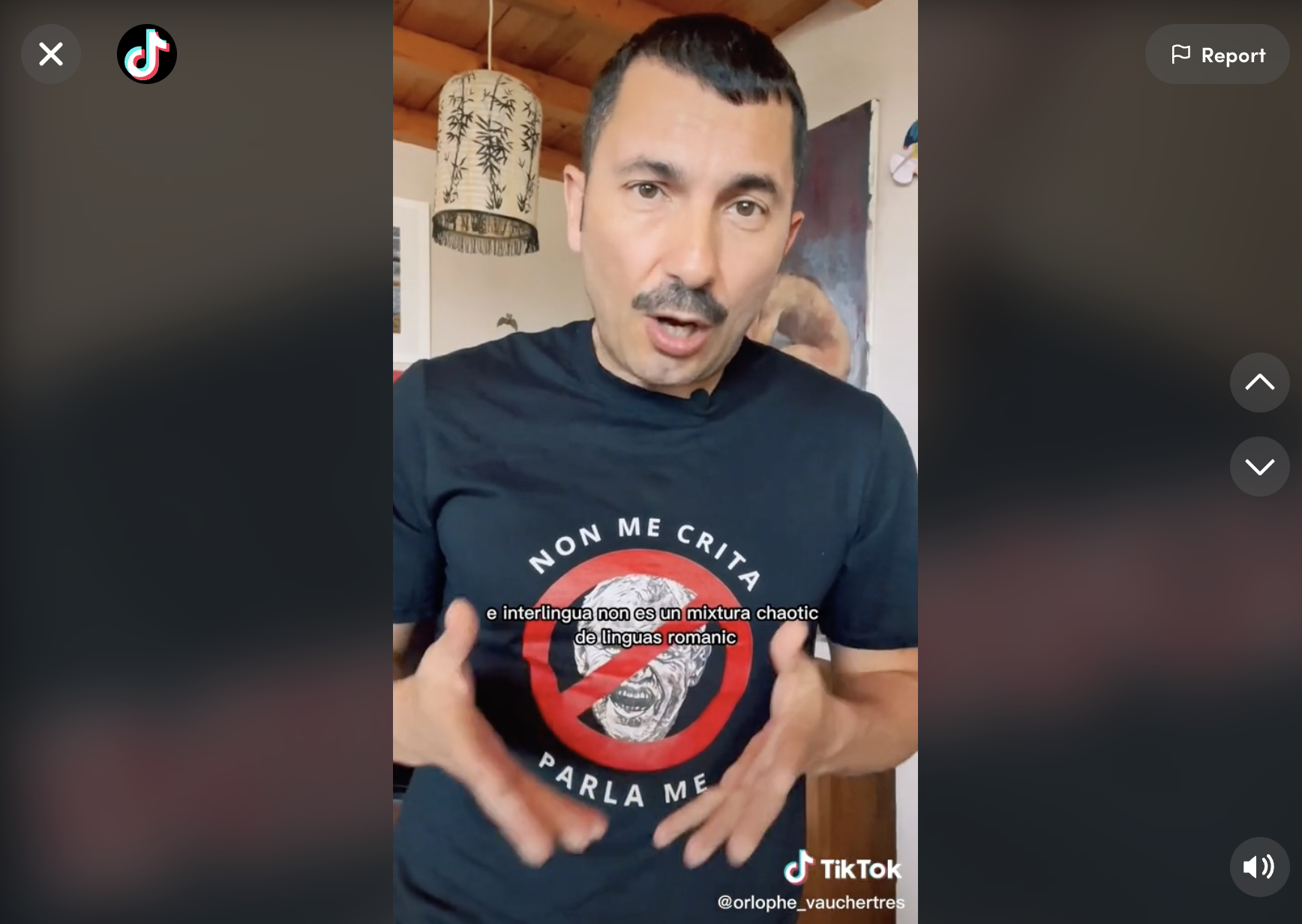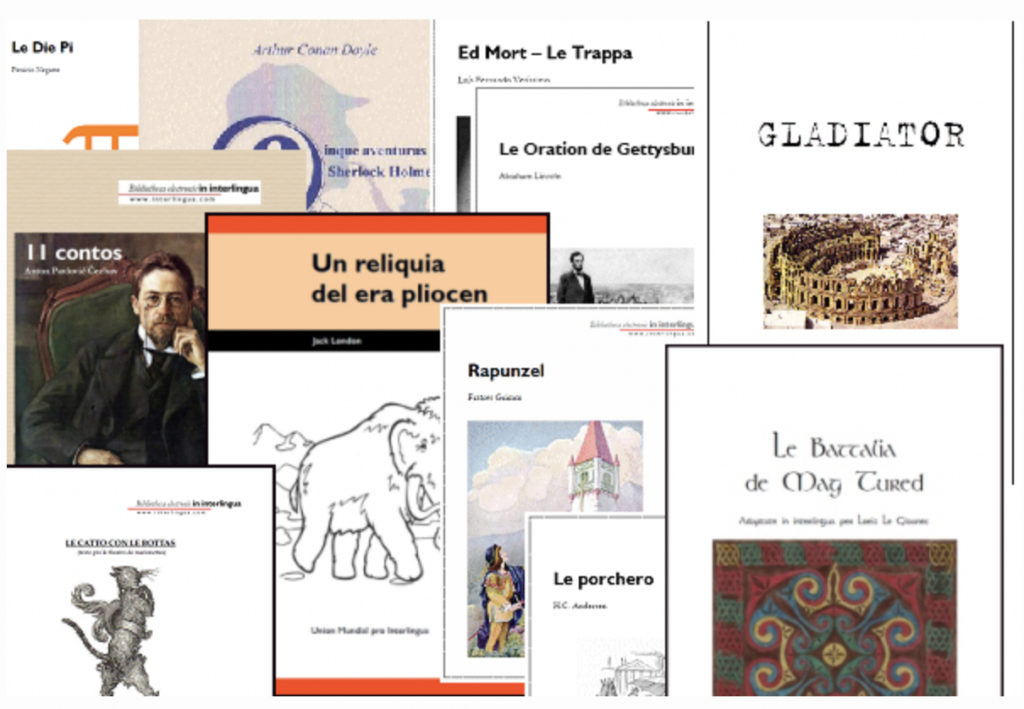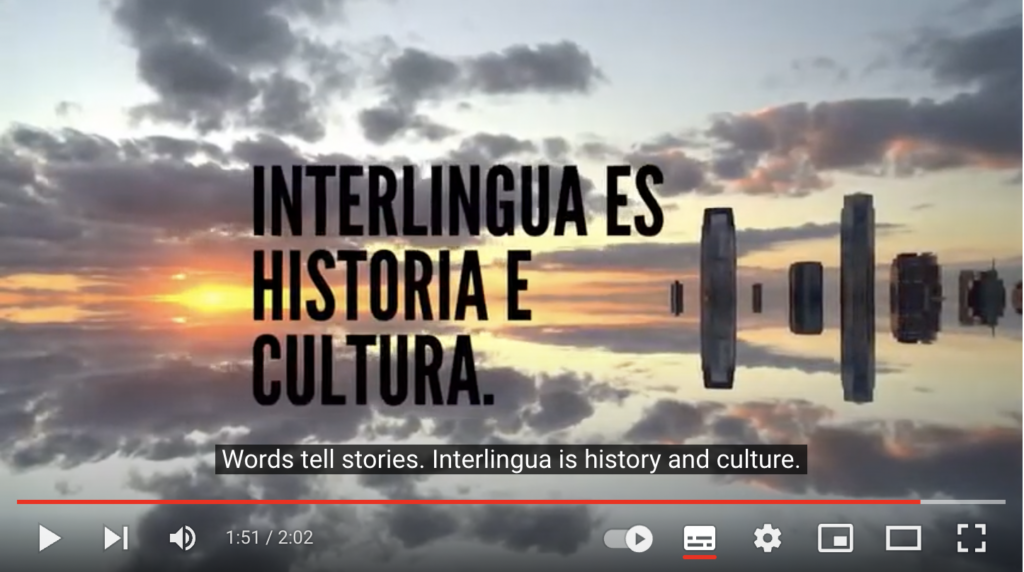
Interlingua, a language that can be understood by anyone who speaks Latin languages, going viral on TikTok
On TikTok Orlophe Vauchertres, is introducing millions of people to Interlingua, a language which can be understood by anyone who speaks a Romance language, from Spanish to French to Italian to Romanian to Portuguese, whether they have studied it or not. Orlophe’s real name is Carlos Valcárcel Riviero, and he is is a philologist and teacher at the Vigo University in Galicia (Spain). He first started posting videos on TikTok for his students but these soon met with resounding success with a wider public and have now had almost 400 million views. Riviero is also very active on Twitter, where he can be found at the @orlophe handle. The potential use of Interlingua is huge as it is estimated that 1 billion people speak Romance languages in the world. A dedicated Wikipedia page about Riviero had recently been created.
History
Interlingua was developed between 1937 and 1951 by the American International Auxiliary Language Association (IALA). Its vocabulary and verb conjugations were officially presented in 1951, when the IALA published the Interlingua Grammar and the 27,000-word Interlingua–English Dictionary (IED). In 1954, IALA further published an introductory manual entitled Interlingua a Prime Vista (“Interlingua at First Sight”). I Interlingua’s vocabulary, grammar, and other characteristics are derived from natural languages.
Interlingua today
According to Wikipedia Interlingua has active speakers on all continents, especially in South America, Eastern and Northern Europe, most notably Scandinavia; Russia and Ukraine. There are Interlingua editions of Wikipedia and Wiktionary, and a number of periodicals, including Panorama in Interlingua from the Union Mundial pro Interlingua (UMI) and magazines of the national societies allied with it. Interlingua is presented on CDs, radio, and TV. There are also a number of books published in Interlingua. The Union Mundial pro Interlingua’s Bibliotheca electronic in interlingua includes over 100 books, translated from a wide range of authors including Anton Čechov, Guy de Maupassant, Sir Arthur Conan Doyle, Mikhail Bulgakov, Franz Kafka, Edgar Allan Poe.

Interlingua is taught in many high schools and universities, sometimes as a means of teaching other languages quickly, presenting interlinguistics, or introducing the international vocabulary. The University of Granada in Spain, for example, offers an Interlingua course in collaboration with the Centro de Formación Continua. A 1974 research with Swedish students has shown that, after a year of learning Interlingua, they could accurately translate elementary texts from Italian, Portuguese, and Spanish.
Check out the explainer video about Interlingua and its history at this link

Sources
“Interlingua: The ‘new’ language you might be able to speak without even studying it”, Thais Chaigne, The Observers, December 29, 2022
“Interlingua: por qué seguramente entenderás esta lengua inventada aunque nunca la hayas estudiado”, Darío Brooks, BBC News Mundo, January 25, 2022
Footnotes
1 An international auxiliary language is a language meant for communication between people from all different nations, who do not share a common first language. An auxiliary language is primarily a foreign language and often a constructed language. The concept is related to but separate from the idea of a lingua franca that people must use to communicate. Source: Wikipedia dedicated page